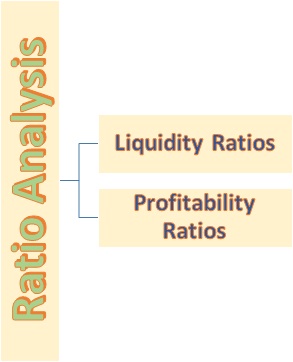Measures of Liquidity
The liquidity ratios are meant to measure the strength and preparedness of a company in paying its short term obligations. Liquidity ratios take into consideration the relationships between current assets and current liabilities of a company.It is important to note that liquidity ratios generally measure how a company may respond in meeting its short term obligations should an unexpected event happen. Some of the common Liquidity ratios are: Current ratio, quick ratio, debt ratio and working capital.
Current ratio
The current ratio derived by dividing the current assets by the current liabilities. The ratio is important in understanding if the current assets are enough to pay for the current liabilities of a company.Current ratio = Current assets ÷ Current liabilities
Quick ratio
The quick ratio is also known as the acid test, and it is derived by dividing the quick assets (cash and cash equivalents) by the current assets. Unlike the current ratio, the quick ratio excludes some assets in inventory. The ratio emphasizes on quick assets which are the assets that can be readily available.Quick ratio = Quick assets ÷ Current liabilities
Debt ratio
The debt ratio is derived by dividing the current liabilities by the current assets. It is the opposite of the current ratio. This ratio measures the financial leverage of the company and helps financial managers to understand the percentage of money in the company that is borrowed.Debt ratio = Total liabilities ÷ Total assets
Working Capital
- The working capital is a measure of the difference between the current assets and the current liabilities. This measure gives the management the ability to understand how much money the company really has if it pays its obligations.Working Capital = Current assets − Current liabilities
The ratios highlighted above are computed from the income statement and the balance sheet of a company/organization.
Please visit to learn how to Prepare an income statement.
Please visit to learn how to Prepare an balance sheet.

